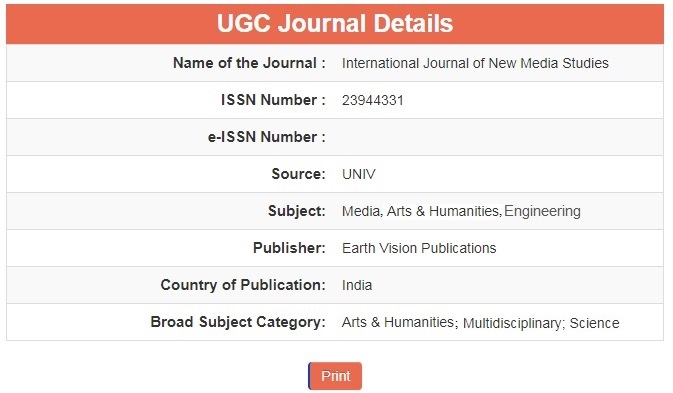20th Century and middle Ages Morality Plays
Keywords:
moral actions and emotions; moral assessments; moral justifications; moral self-views; and moral reasoning.Abstract
Using the Google Books database (in the English language), we investigated shifts in the cultural significance of morality over the 20th century in the Anglophone world. These shifts were mirrored in the language people used to discuss morality. Comparative incidences of 304 moral terms were charted from 1900 to 2007, and these terms were categorized into six validated sets matching universal morality and the five moral areas given by moral foundations theory. Each moral language set displayed a singular, frequently nonlinear, archaic trajectory. Words that conveyed general morality, such as sound, wrong, moral, and evil, and words that represented purity-based morality, which associated holiness with contagion, experienced a severe fall in prevalence between 1900 and 1980, after which they experienced a sharp increase. Over the 20th century, there was a consistent rise in the importance placed on loyalty to one's group within group-based morality.






